Features
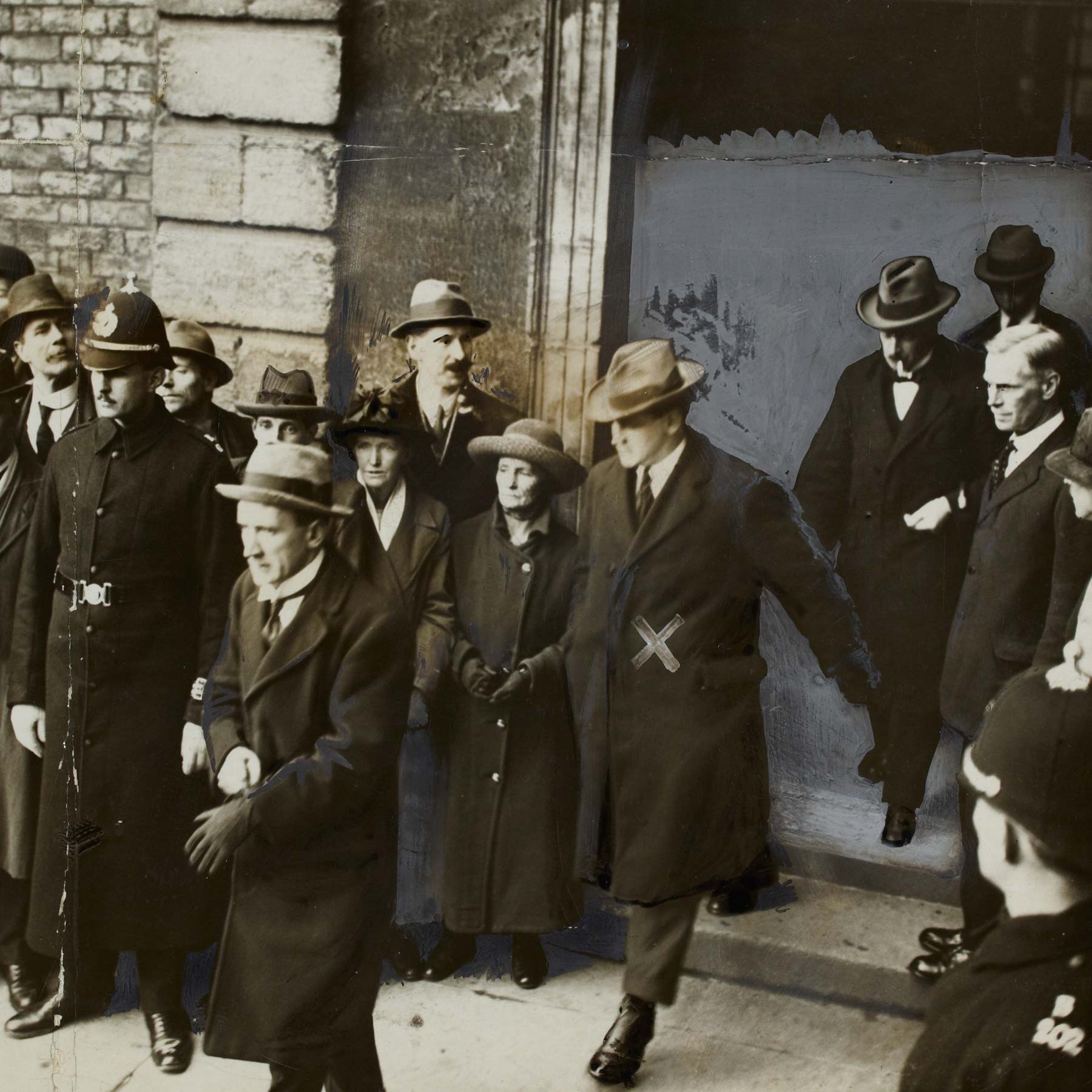
Introducing Ireland 1922: Independence, Partition, Civil War
The year 1922 marked the beginning of the final phase in Ireland’s revolution: it saw the ratification of the Anglo-Irish Treaty; the establishment of the Irish Free State; the outbreak of the civil war; and the consolidation of partition as Northern Ireland opted out of the Free State settlement. ...
READ THIS FEATURE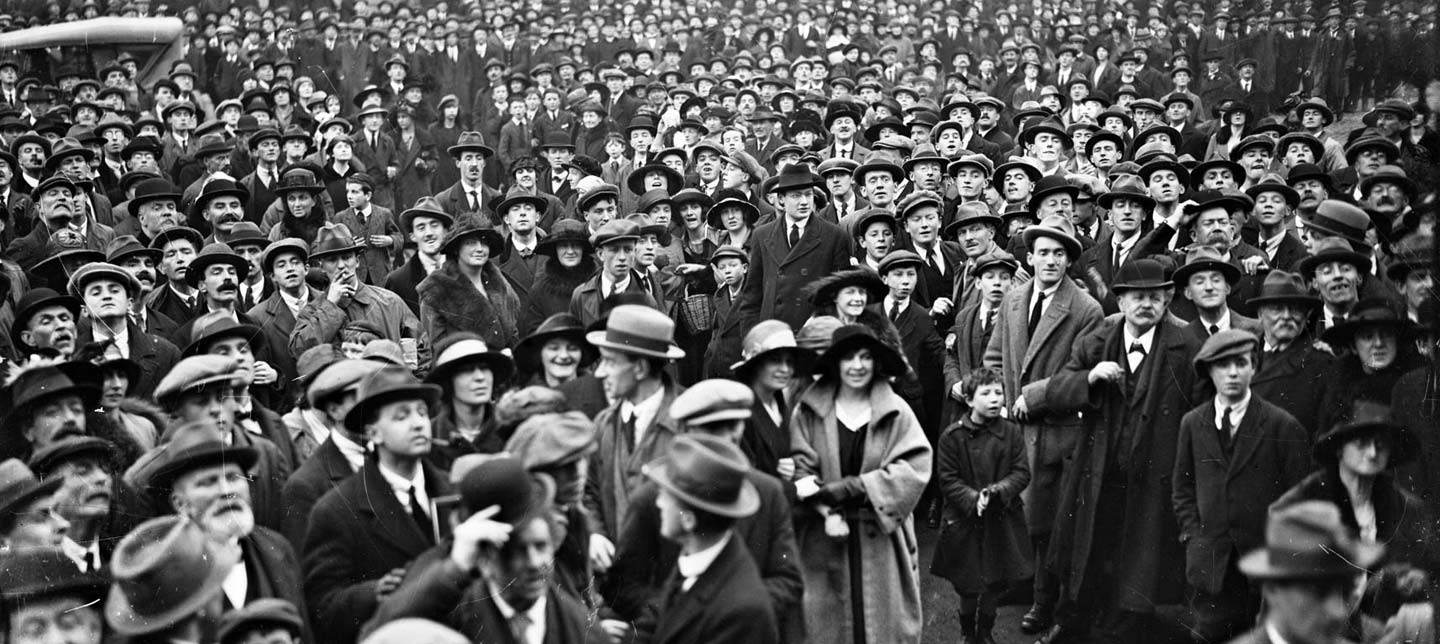
4 January 1922: The Treaty Debates
By Caoimhe Nic Dháibhéid On 4 January 1922 the cool concrete façade of Earlsfort Terrace in Dublin concealed a pressure-cooker atmosphere as the debates over the ratification of the Anglo-Irish Treaty approached a conclusion. Seán O’Mahony, TD for Fermanagh and South Tyrone,...
READ THIS FEATURE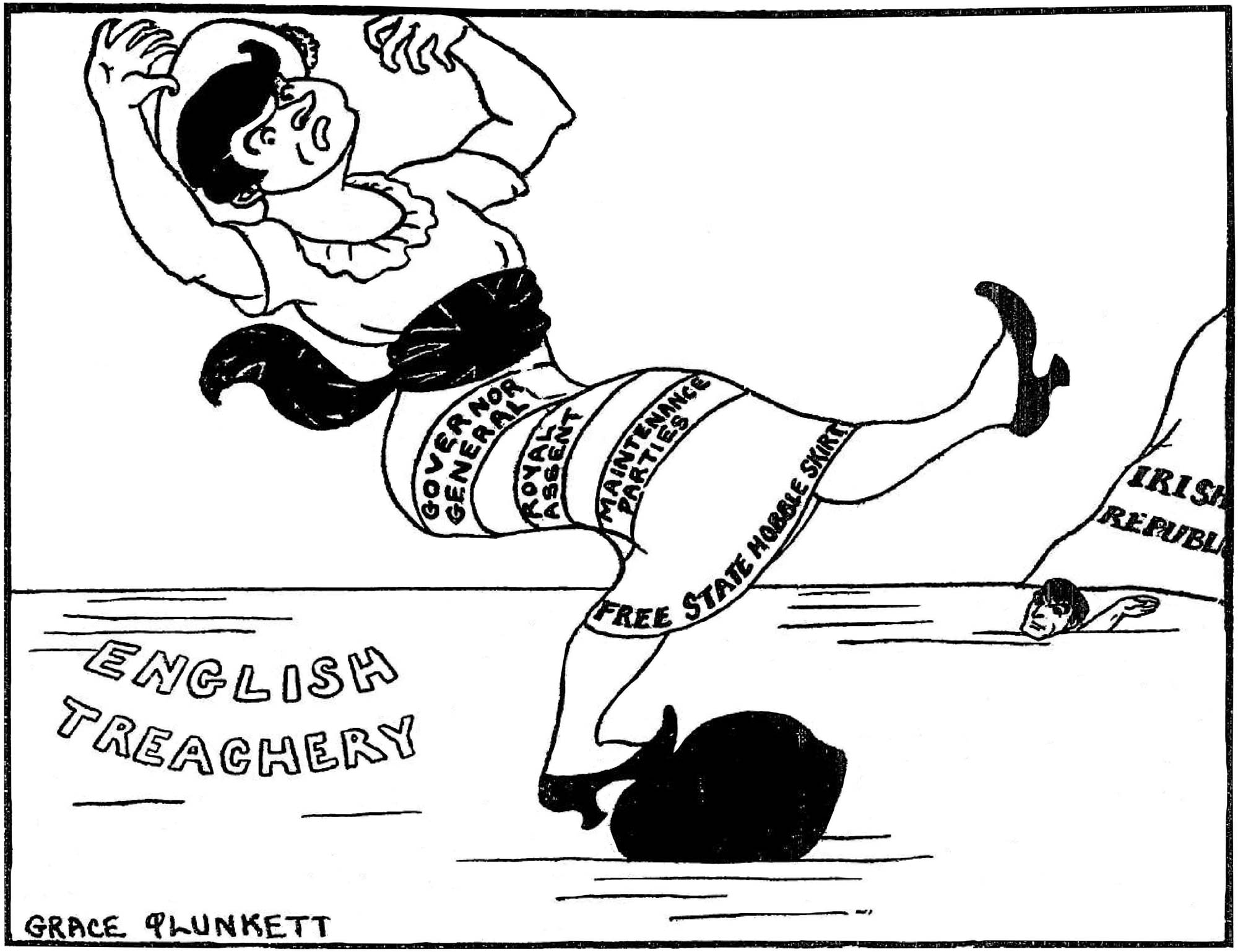
7 January 1922: The Ratification of the Anglo-Irish Treaty
By Richard Bourke The ‘Articles of Agreement for a Treaty between Great Britain and Ireland’ were signed at Downing Street on 6 December 1921 by the British delegation along with five Irish representatives enjoying plenipotentiary status.¹ Before ratification, the terms of the treaty were debated in sessions of the...
READ THIS FEATURE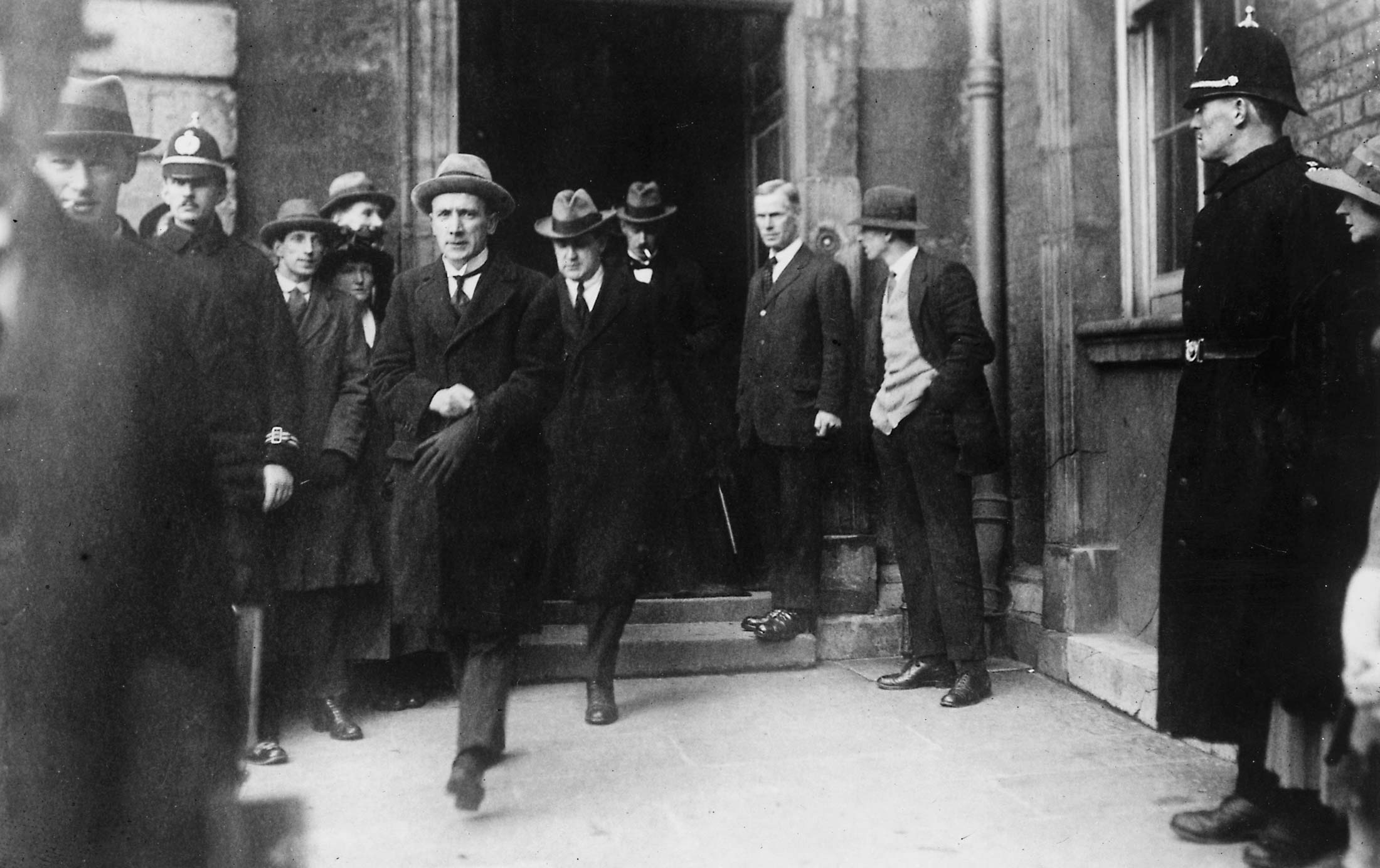
16 January 1922: The ‘Surrender of Dublin Castle’
By Martin Maguire In the history of the Irish revolution of 1916–21 it is the IRA campaign that attracts most attention. It is arguable, however, that the decision of the Sinn Féin candidates elected in the December 1918 general election to assemble in Dublin’s Mansion House in...
READ THIS FEATURE
19 January 1922: Dedication of the John Nicholson Statue, Lisburn
By Michael Silvestri On 19 January 1922 the town of Lisburn in Northern Ireland unveiled a statue to an imperial icon and one of its famous sons, the East India Company officer John Nicholson. Having been promoted to the rank of Brigadier-General during the Indian Rebellion, Nicholson was mortally wounded while leading...
READ THIS FEATURE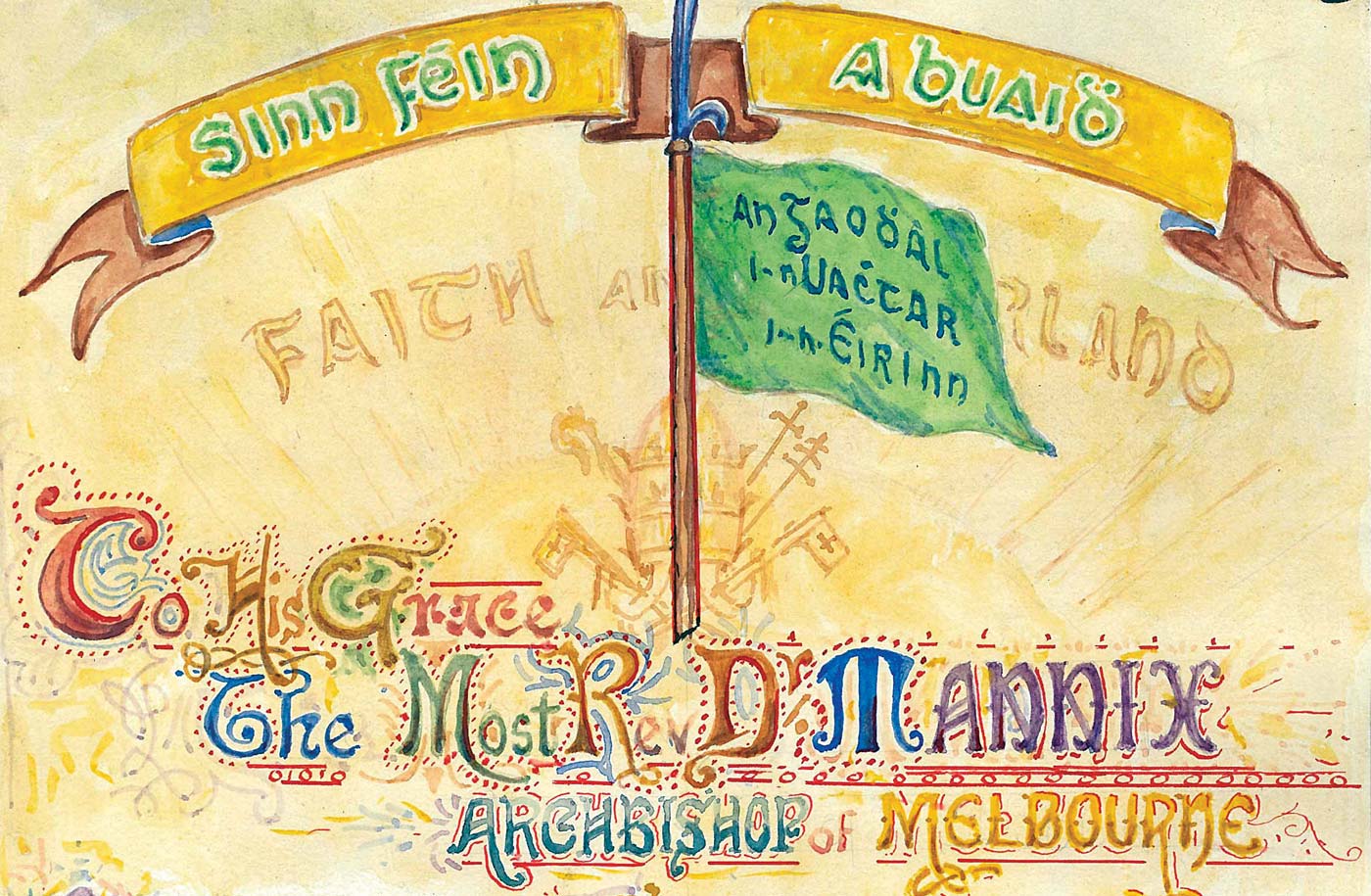
21 January 1922: The Irish Race Congress
By Darragh Gannon On 21 January 1922 John Whelan arrived from Java for the Irish Race Congress in Paris. It was held between 21 and 28 January, and was an initiative of Irish nationalists in South Africa that sought to offset the power of the British empire during the War of Independence and Anglo-Irish...
READ THIS FEATURE
25 January 1922: Premiere of Swan Hennessy's Second String Quartet, Paris
By Harry White ‘In my early Dublin days’, the English composer (and Master of the King’s Music) Arnold Bax wrote in 1952, ‘I moved in an almost wholly literary circle. There was no talk of music whatever’.¹ I have always taken this comment (as...
READ THIS FEATURE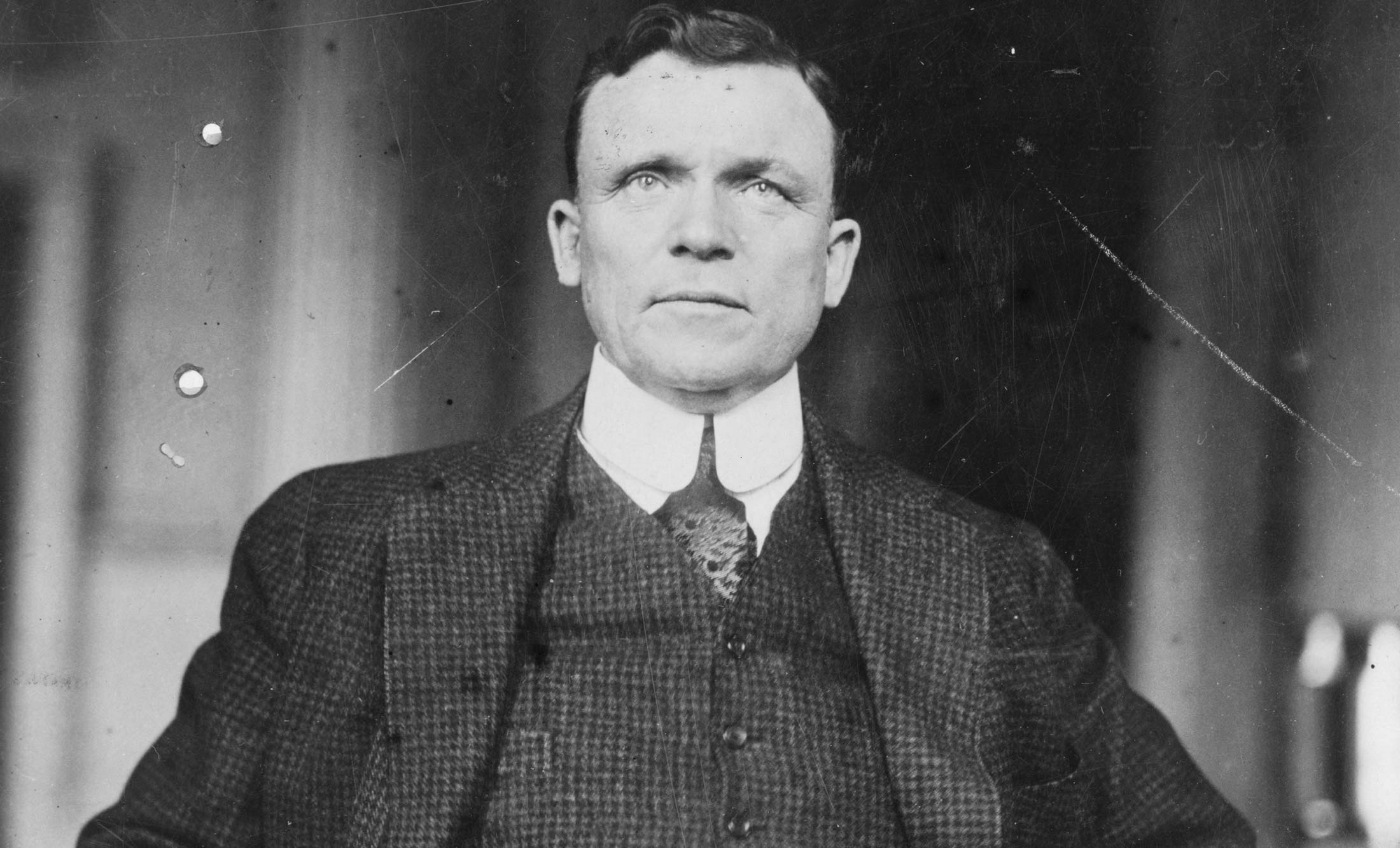
1 February 1922: Frank Walsh’s American Imperialism
By David Brundage On 1 February 1922 the Irish American political reformer Frank P. Walsh published an article in the liberal US weekly, The Nation. Unlike many of his other publications over the previous few years, this short opinion piece did not concern Ireland. Walsh focused instead on the US military occupation...
READ THIS FEATURE
2 February 1922: The Publication of ‘Ulysses’
By Elaine Sisson James Joyce’s Ulysses was published on his 40th birthday, 2 February 1922. In the Circe episode, it captures Leopold Bloom’s spinning thoughts on the American blackface entertainer Eugene Stratton. Bloom’s crude racial characterisation of minstrels in ‘white duck suits’ and hands...
READ THIS FEATURE
5 February 1922: Cumann na mBan Opposes the Anglo-Irish Treaty
By Marie Coleman On Sunday, 5 February 1922, Cumann na mBan held a special convention in the Round Room of Dublin’s Mansion House to discuss the Anglo-Irish Treaty. A majority of those present (419 of 482, or 87 per cent) voted in favour of the motion by Mary MacSwiney (Sinn Féin...
READ THIS FEATURE
6 February 1922: Pius XI Ascends to the Papacy
By Laura McAtackney Pius XI’s papal reign (1922–39) officially began on 6 February 1922. It may seem an unlikely event to tie into Irish history, but there are a number of compelling reasons as to why it is a date of symbolic and material value. The role of religion in...
READ THIS FEATURE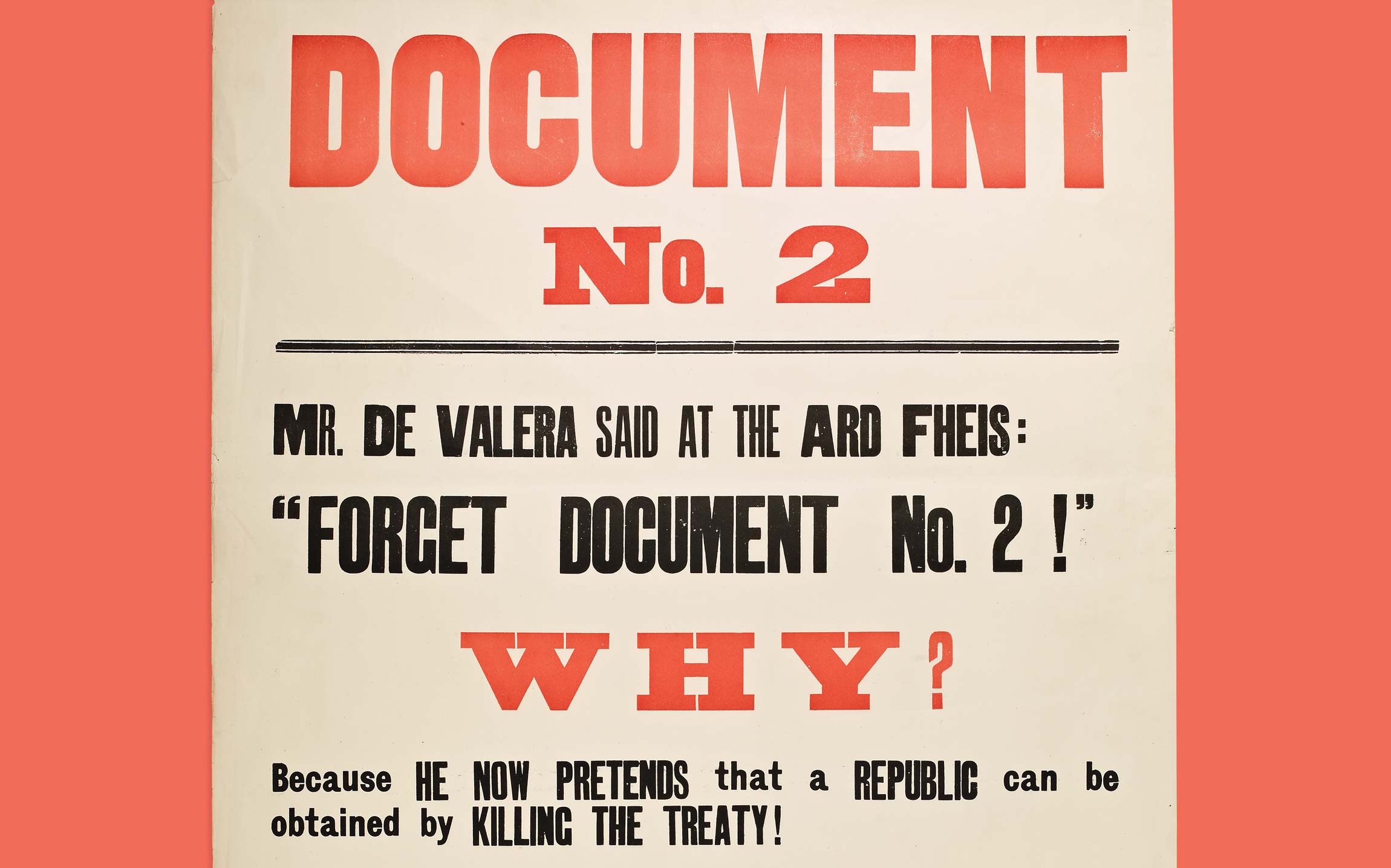
25 February 1922: Publication of the ‘Free State’ Newspaper
By Ciara Meehan Before the physical fighting of the civil war began, a propaganda war was fought by those divided over the Anglo-Irish Treaty. Both sides turned to newspaper publishing to make their case. An Saorstát: the Free State, referred to simply as Free State by contemporaries, first...
READ THIS FEATURE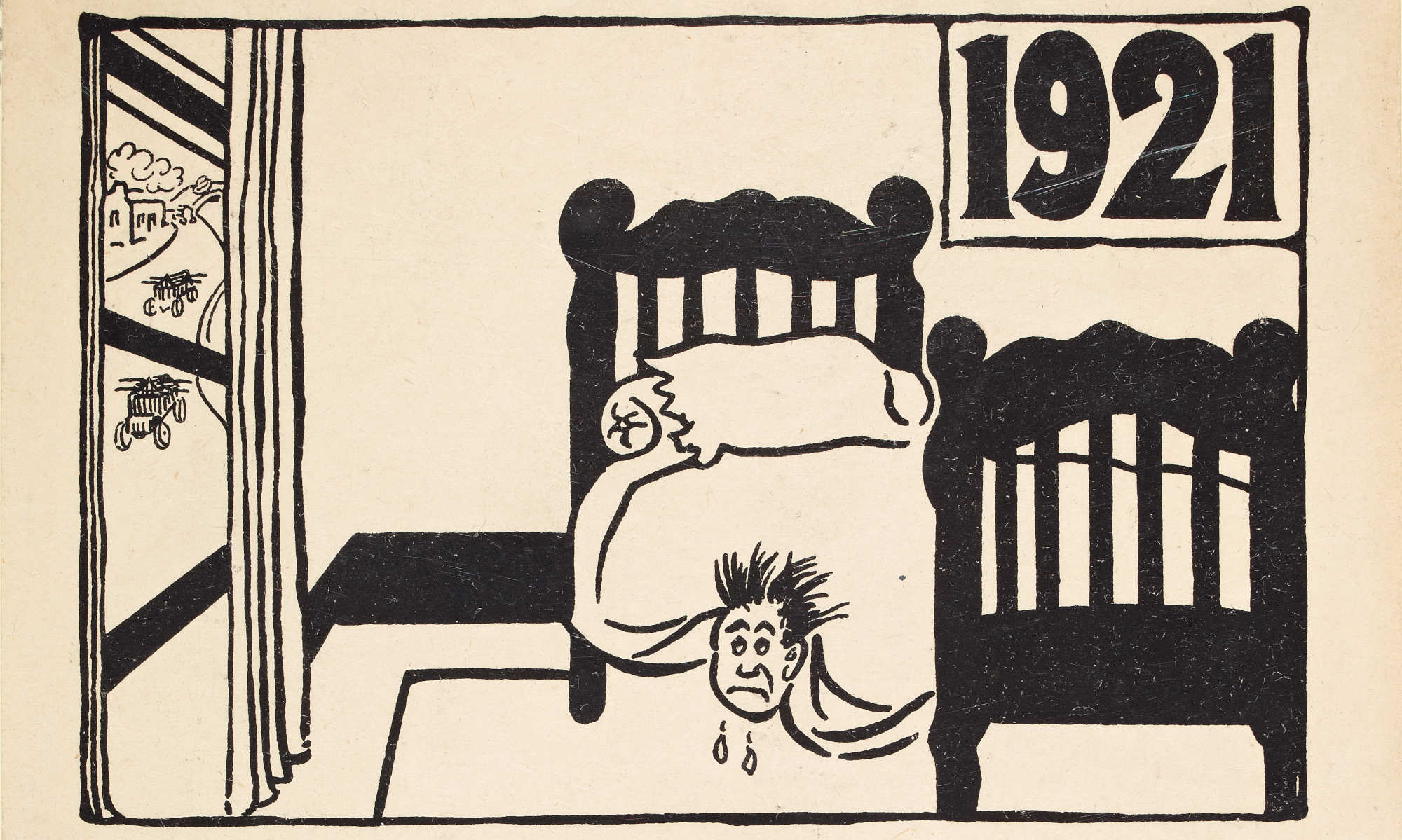
2 March 1922: Countess Markievicz Defends Female Citizenship
By Aidan Beatty On 2 March 1922 Constance Markievicz, by then a strongly anti-Treaty member of the Dáil, addressed her fellow TDs and, in a short but oddly bipartisan speech, urged them to support female suffrage in the new Ireland. Responding to an earlier statement by the pro-Treaty TD Joseph...
READ THIS FEATURE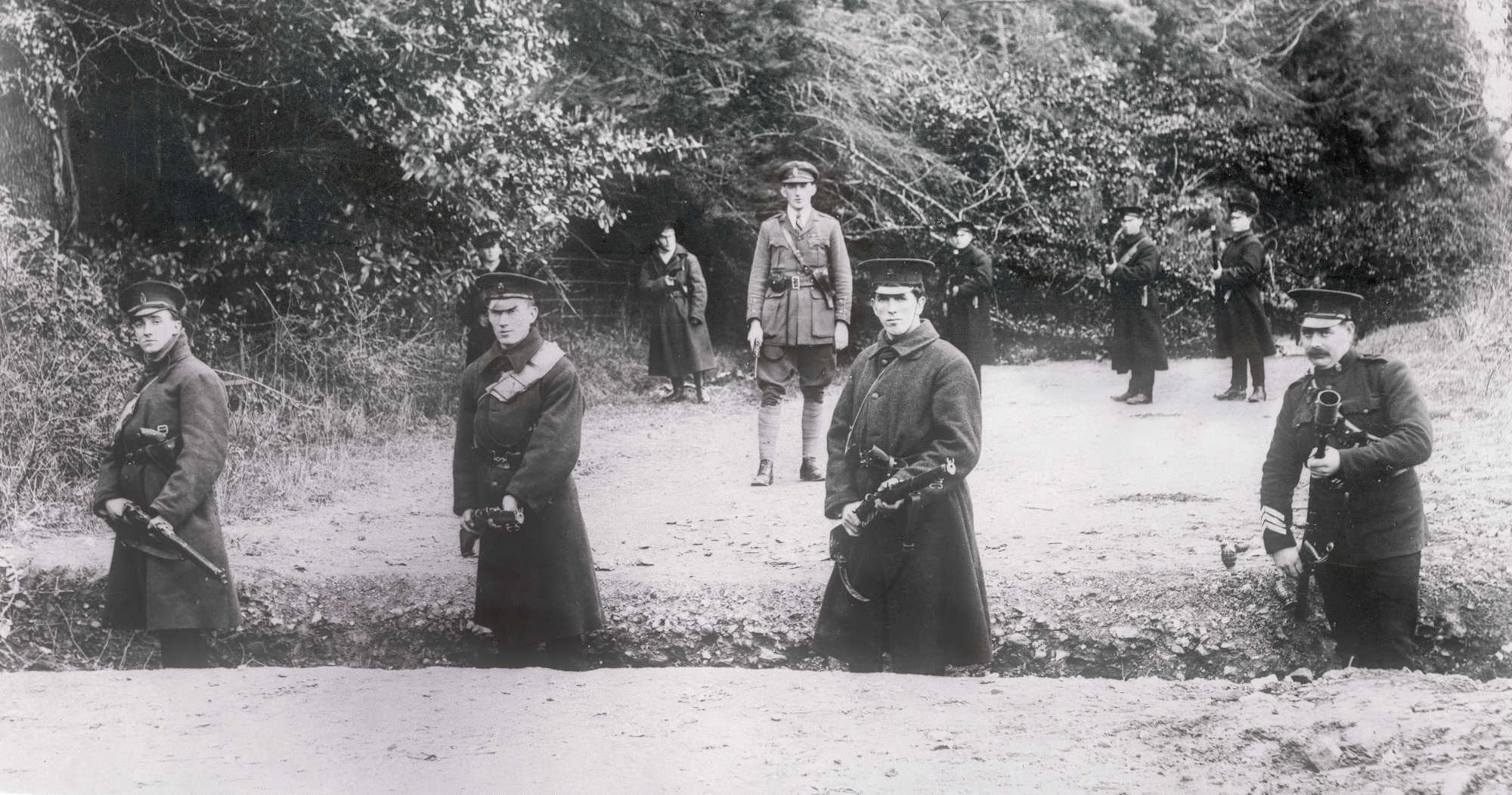
3 March 1922: Closing Border Roads
By Peter Leary At 11 p.m. on Friday, 3 March 1922, a party of B-Specials (a section of the Ulster Special Constabulary) opened a trench across the road at Gortineddan—a townland between Derrylin in County Fermanagh and Ballyconnell, County Cavan—severing motor access between Northern Ireland and the south....
READ THIS FEATURE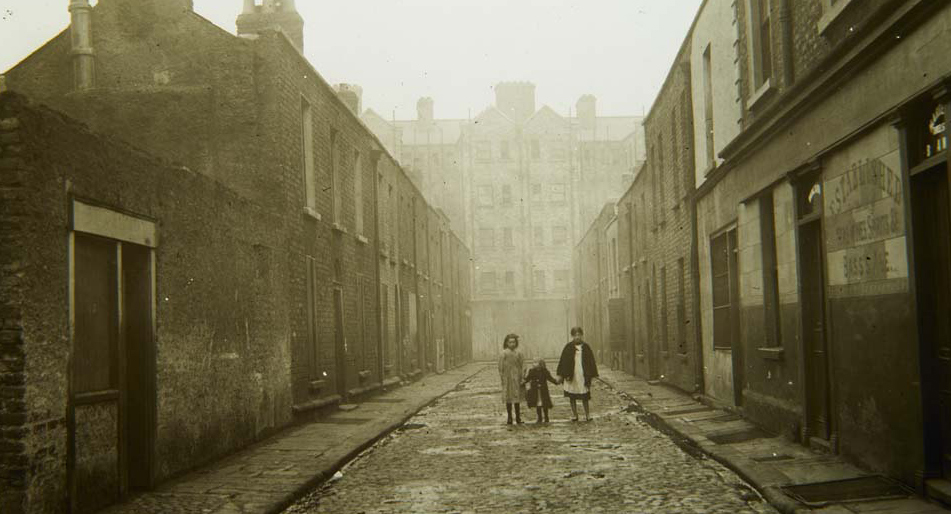
4 March 1922: The Wife of a Plasterer Tells the Archbishop of Dublin a Secret
By Lindsey Earner-Byrne Dear Archbishop I humbly ask pardon for the liberty I take of writing to you + also hope you will excuse me as I don’t know how to address you I am the wife of a plasterer + we have 7 children the eldest only 14 years old.¹ ...
READ THIS FEATURE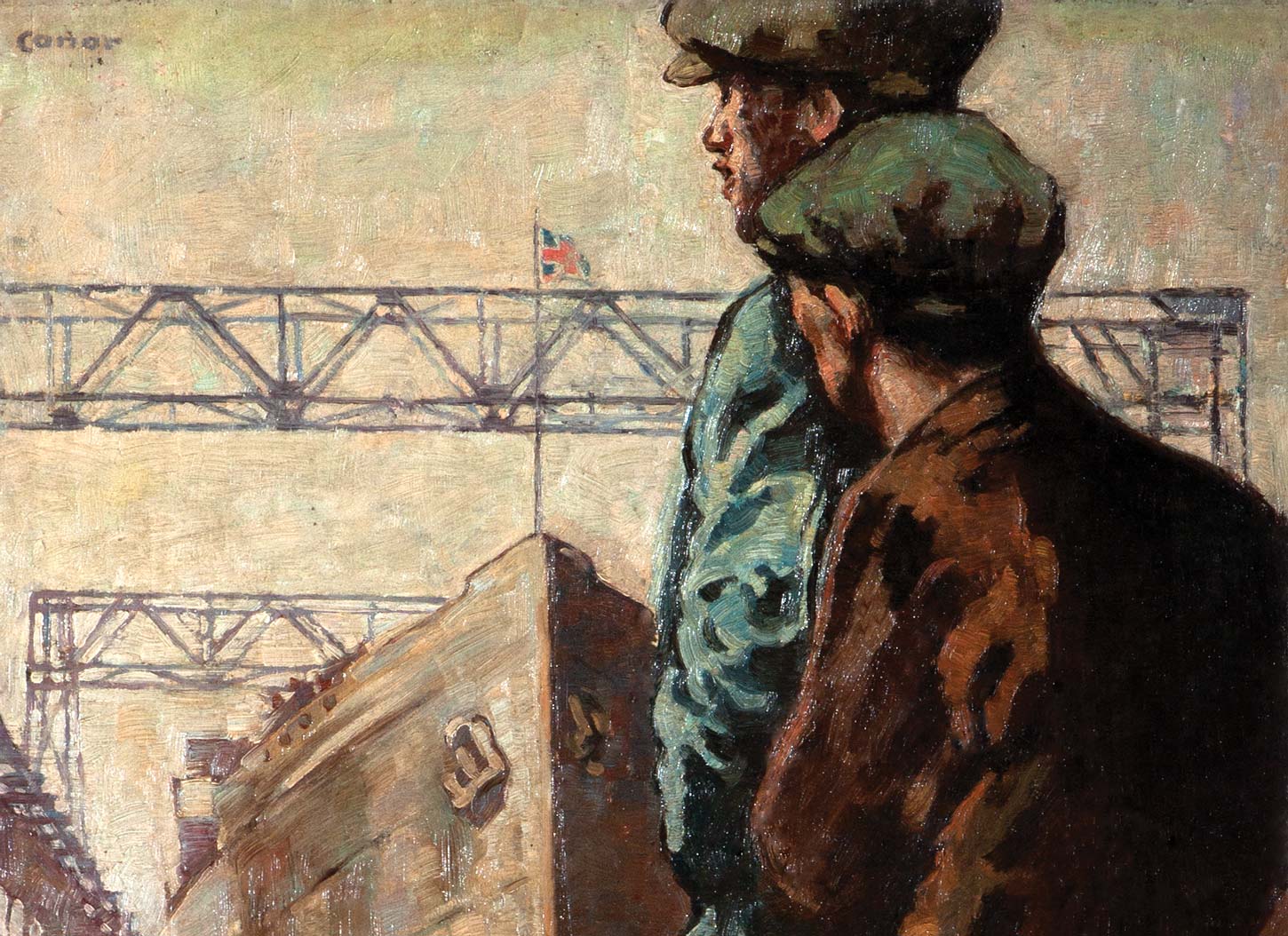
3 June 1922: James Craig Advocates Flying the Flag
by Stephen O’Neill On touring Belfast in the turbulent June of 1922, an English visitor to the city suggested to James Craig that there was ‘just a little too much of the Union Jack in view in Belfast at the present moment to be healthy’. Unsurprisingly Craig...
READ THIS FEATURE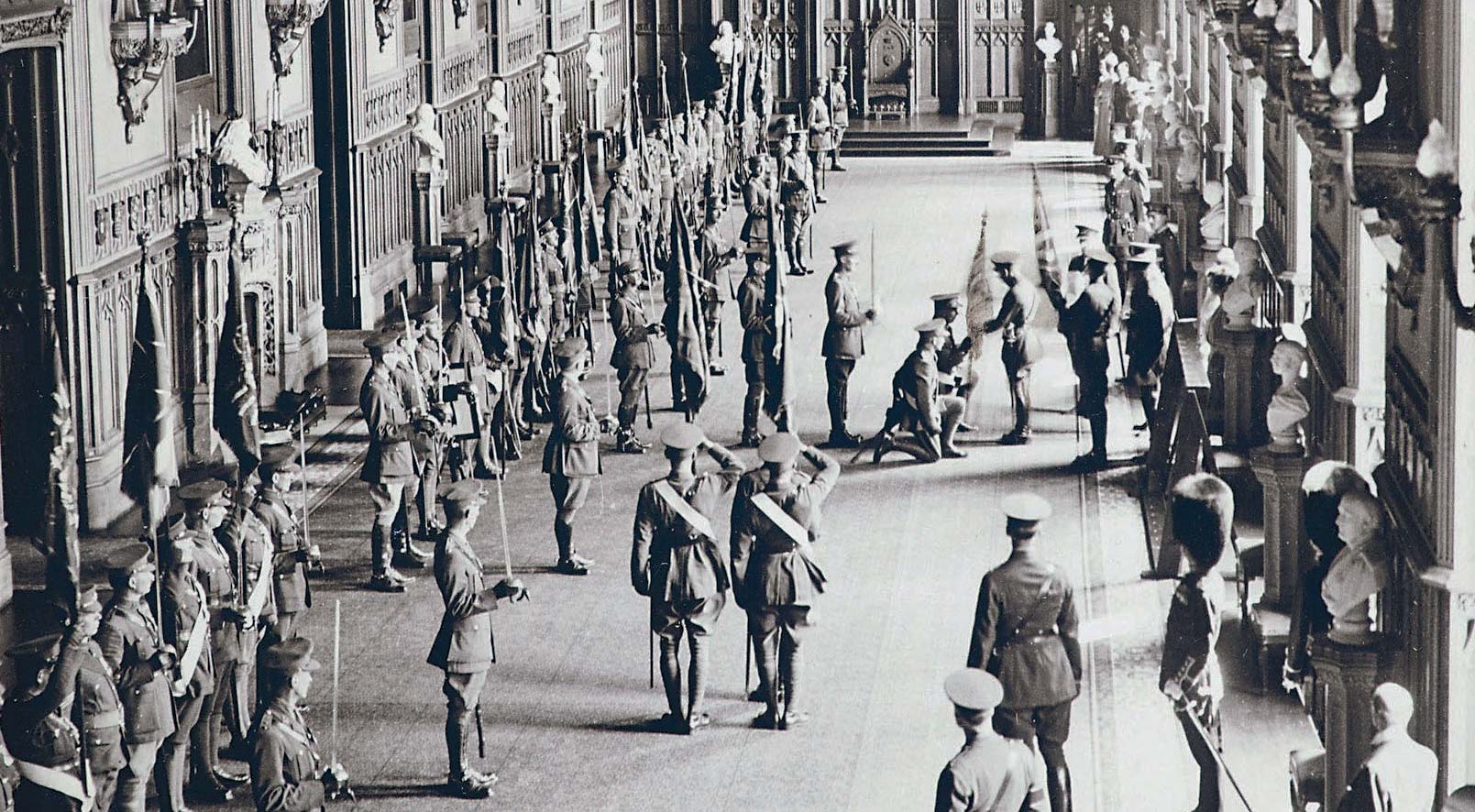
12 June 1922: George V Receives the Colours of Disbanded Irish Regiments
by Heather Jones ‘The ceremony was one of the most touching that I ever beheld’, recalled John Fortescue, the librarian at Windsor Castle, describing the moment on 12 June 1922 when King George V received back the Colours of Irish regiments that were being disbanded following the establishment of the...
READ THIS FEATURE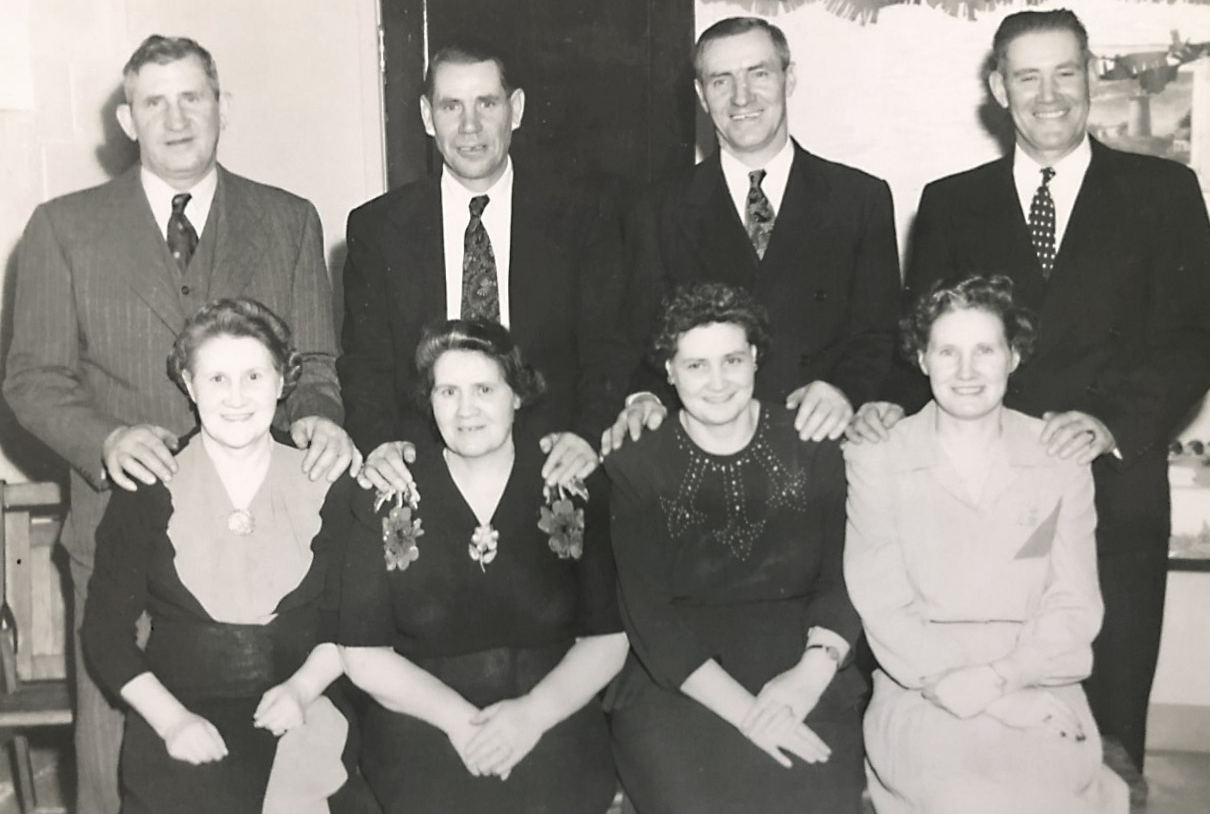
7 July 1922: Free State Forces Attack Skeog House
by Breandán Mac Suibhne On Wednesday, 6 May 1981, the Detroit Free Press sent staff reporter Robert H. Emmers to the Gaelic League bar on Michigan Avenue to get local reaction to events in Ireland. There, Emmers found an old man sitting at the end of the bar, drinking whiskey...
READ THIS FEATURE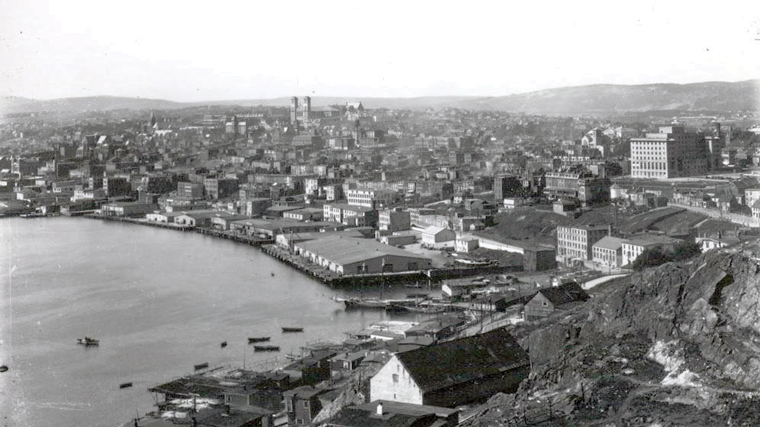
13 July 1922: Jim Larkin Lectures Irish Republicans in Canada
by Patrick Mannion On 13 July 1922 the newly established Irish Republican League of Canada (IRL) organised a lecture by Irish republican labour activist Jim Larkin at Montreal’s Auditorium Hall. Over the course of a raucous evening, a woman in the audience tore down a Union Jack and threw it...
READ THIS FEATURE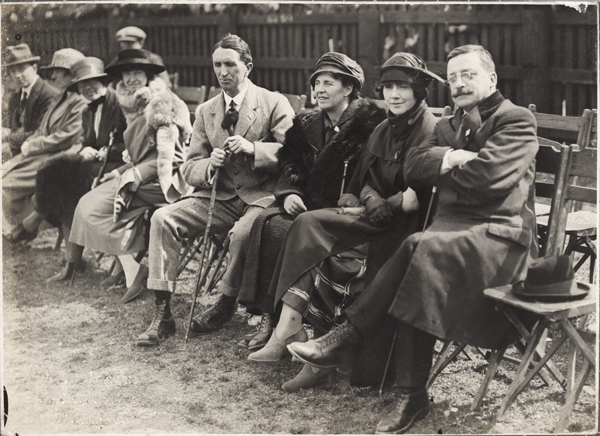
3 August 1922: The Abandoned Tailteann Games
By Paul Rouse The plan was a clear one: on 3 August 1922 the new Irish Free State would stage the opening ceremony of a major two-week sporting and cultural festival. That festival—the Tailteann Games—was to be modelled on the modern Olympic Games and planning for it began...
READ THIS FEATURE- Introducing Ireland 1922: Independence, Partition, Civil War
- 4 January 1922: The Treaty Debates
- 7 January 1922: The Ratification of the Anglo-Irish Treaty
- 16 January 1922: The ‘Surrender of Dublin Castle’
- 19 January 1922: Dedication of the John Nicholson Statue, Lisburn
- 21 January 1922: The Irish Race Congress
- 25 January 1922: Premiere of Swan Hennessy's Second String Quartet, Paris
- 1 February 1922: Frank Walsh’s American Imperialism
- 2 February 1922: The Publication of ‘Ulysses’
- 5 February 1922: Cumann na mBan Opposes the Anglo-Irish Treaty
- 6 February 1922: Pius XI Ascends to the Papacy
- 25 February 1922: Publication of the ‘Free State’ Newspaper
- 2 March 1922: Countess Markievicz Defends Female Citizenship
- 3 March 1922: Closing Border Roads
- 4 March 1922: The Wife of a Plasterer Tells the Archbishop of Dublin a Secret
- 3 June 1922: James Craig Advocates Flying the Flag
- 12 June 1922: George V Receives the Colours of Disbanded Irish Regiments
- 7 July 1922: Free State Forces Attack Skeog House
- 13 July 1922: Jim Larkin Lectures Irish Republicans in Canada
- 3 August 1922: The Abandoned Tailteann Games
- Introducing Ireland 1922: Independence, Partition, Civil War
- 4 January 1922: The Treaty Debates
- 7 January 1922: The Ratification of the Anglo-Irish Treaty
- 16 January 1922: The ‘Surrender of Dublin Castle’
- 19 January 1922: Dedication of the John Nicholson Statue, Lisburn
- 21 January 1922: The Irish Race Congress
- 25 January 1922: Premiere of Swan Hennessy's Second String Quartet, Paris
- 1 February 1922: Frank Walsh’s American Imperialism
- 2 February 1922: The Publication of ‘Ulysses’
- 5 February 1922: Cumann na mBan Opposes the Anglo-Irish Treaty
- 6 February 1922: Pius XI Ascends to the Papacy
- 25 February 1922: Publication of the ‘Free State’ Newspaper
- 2 March 1922: Countess Markievicz Defends Female Citizenship
- 3 March 1922: Closing Border Roads
- 4 March 1922: The Wife of a Plasterer Tells the Archbishop of Dublin a Secret
- 3 June 1922: James Craig Advocates Flying the Flag
- 12 June 1922: George V Receives the Colours of Disbanded Irish Regiments
- 7 July 1922: Free State Forces Attack Skeog House
- 13 July 1922: Jim Larkin Lectures Irish Republicans in Canada
- 3 August 1922: The Abandoned Tailteann Games
Century Ireland
The Century Ireland project is an online historical newspaper that tells the story of the events of Irish life a century ago.
